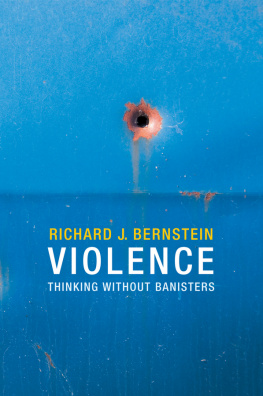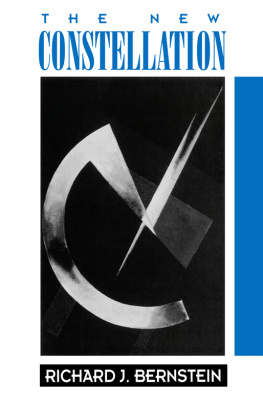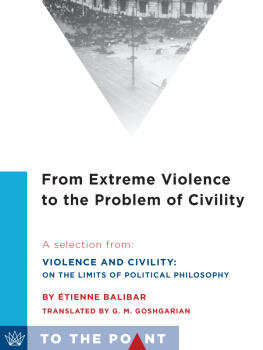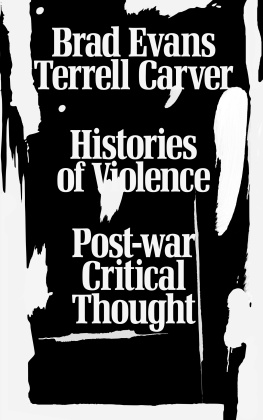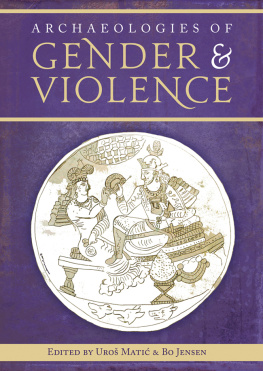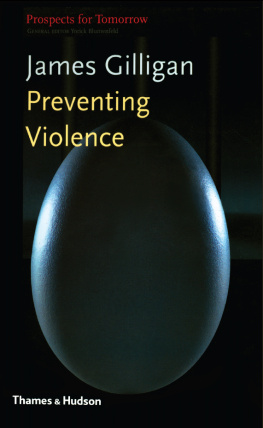I am grateful for permission to use revised versions of my previously published work. The Aporias of Carl Schmitt, Constellations , 18/3 (2011); Hannah Arendts Reflections on Power and Violence, Iris: European Journal of Philosophy and Public Debate , 3/5 (2011); Jan Assmann: The Mosaic Distinction and Religious Violence, Graduate Faculty Philosophy Journal , 32/1 (2011).
I completed this manuscript during the summer of 2012 when I was a Fellow at the Forschungskolleg Humanwissenschaften (Institute for Advanced Studies) in Bad Homburg. I want to thank Professor Rainer Forst for inviting me to be a Fellow of the Institute and the Alfons & Gertrude Kassel-Stiftung for supporting my visit. The entire staff of the Institute helped to make my stay extremely pleasant and productive. I also want to express my gratitude to my research assistant Santiago Rey who helped to edit the manuscript. I want to thank Jean van Altena for her meticulous and judicious editing. John Thompson, as always, has enthusiastically encouraged me in writing this book. I have had the good fortune to teach for the past two decades at the New School for Social Research. This book is the result of the lively critical conversations with my colleagues and students. It is dedicated to them.
Preface
I have entitled this work Violence: Thinking without Banisters . Thinking without banisters ( Denken ohne Gelnder ) was one of the favorite expressions of Hannah Arendt and it has a special meaning for her. Arendt was convinced that the eruption of twentieth-century totalitarianism meant a radical break with tradition. No longer could we rely on traditional political and moral categories to help us comprehend our times. If we are to engage in the activity of thinking after the break in tradition, then we cant rely on banisters or fixed points; we are compelled to forge new ways of thinking and new concepts. Thinking, which Arendt sharply distinguished from knowing, is primarily concerned with meaning with making sense of the world in which we find ourselves. Thinking is not to be identified or confused with calculation, meansend rationality, or even scientific knowing. Thinking is an activity that must be performed over and over again in order to keep it alive. There is always a danger that thinking will disappear to be replaced by some non-thinking substitute. For Arendt, keeping thinking alive has the utmost practical significance. In The Life of the Mind she raised the question: Could the activity of thinking as such, the habit of examining whatever happens to come to pass or attract attention, regardless of results and specific content, could this activity be among the conditions that make men abstain from evil-doing or even condition them against it? (Arendt 1978: 5).
Although the experience that provoked her thinking was the horror of totalitarianism, her insights about thinking without banisters are part of a much larger sea change that has taken place. From a variety of philosophical orientations there has been a multifaceted critique of the appeal to any fixed metaphysical, epistemological, political, or moral foundations. A dominant metaphor suggested by Descartes no longer seems appropriate for characterizing thinking the metaphor of a solid foundation upon which our thinking can rest. One of the reasons why the appeal to banisters and/or foundations has been so seductive is because of the fear that the only other alternative is some form of radical skepticism, self-defeating relativism, or nihilism. I once labeled this the Cartesian Anxiety, and it has haunted us (and continues to do so) (see Bernstein 1983: 1620). Thinking without banisters is the alternative to both foundationalism and nihilism. And this type of thinking is urgently needed to understand violence.
We live in a time when we are overwhelmed with talk, writing, and especially images of violence. Whether on television, the internet, smartphones, films, or the video screen, we cant escape representations of actual or fictional violence so much so that we easily become numb and indifferent to still another report or depiction of violence another suicide bombing, another assassination or violent rebellion in some remote part of the world, another report of domestic violence, another action movie or video game filled with all sorts of violence. The media typically have a field day when some deranged person unexpectedly starts killing in a high school, university, or movie theater. But after a few days of 24/7 reporting, these incidents pass into oblivion. Even a momentous event like 9/11 does not provoke much public thinking about violence. Our age may well be called The Age of Violence because representations of real or imagined violence (sometimes blurred and fused together) are inescapable. But this surfeit of images and talk of violence dulls and even inhibits thinking. What do we mean by violence? How are we to characterize the different types of violence, and how are they related to each other? What can violence achieve? Is there a type of creative violence that enhances life? What are the limits of violence? How is violence related to nonviolence? These are some of the questions that I will explore.
Philosophers have long been concerned with war. There isnt a major philosopher who hasnt directly or indirectly dealt with war. And insofar as war involves violent killing, it is, of course, closely associated with violence. But violence is a much broader category than war. Clearly, in the popular imagination, physical killing is still the paradigm of violence. But there can be all sorts of violence legal violence, structural violence, linguistic violence, symbolic violence, even religious violence that do not immediately involve physical killing. But what concerns me is how the different types of violence so easily turn into physical violence bodily harm and ultimately physical killing.
Although there are many different ways of approaching violence, I focus on five thinkers who have engaged in a sustained reflection thinking without banisters about violence. And each of them has been extremely influential. They are Carl Schmitt, Walter Benjamin, Hannah Arendt, Frantz Fanon, and Jan Assmann. I approach them by asking what we can learn about violence from them. What are the strengths and weaknesses of their reflections on violence? In my concluding remarks I show how we can weave their contributions together into a nuanced dialectical understanding of the relationship of violence and nonviolence.

